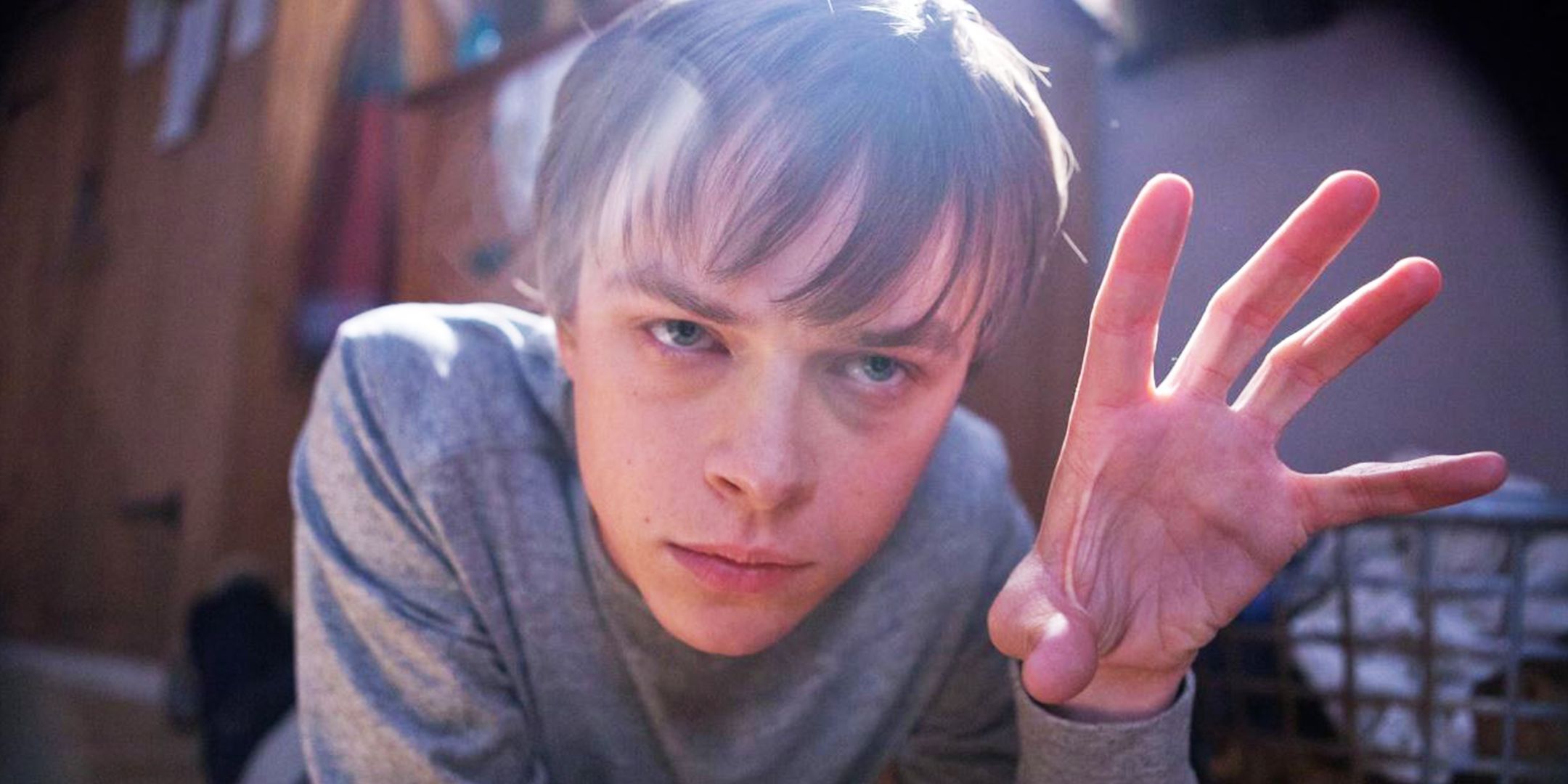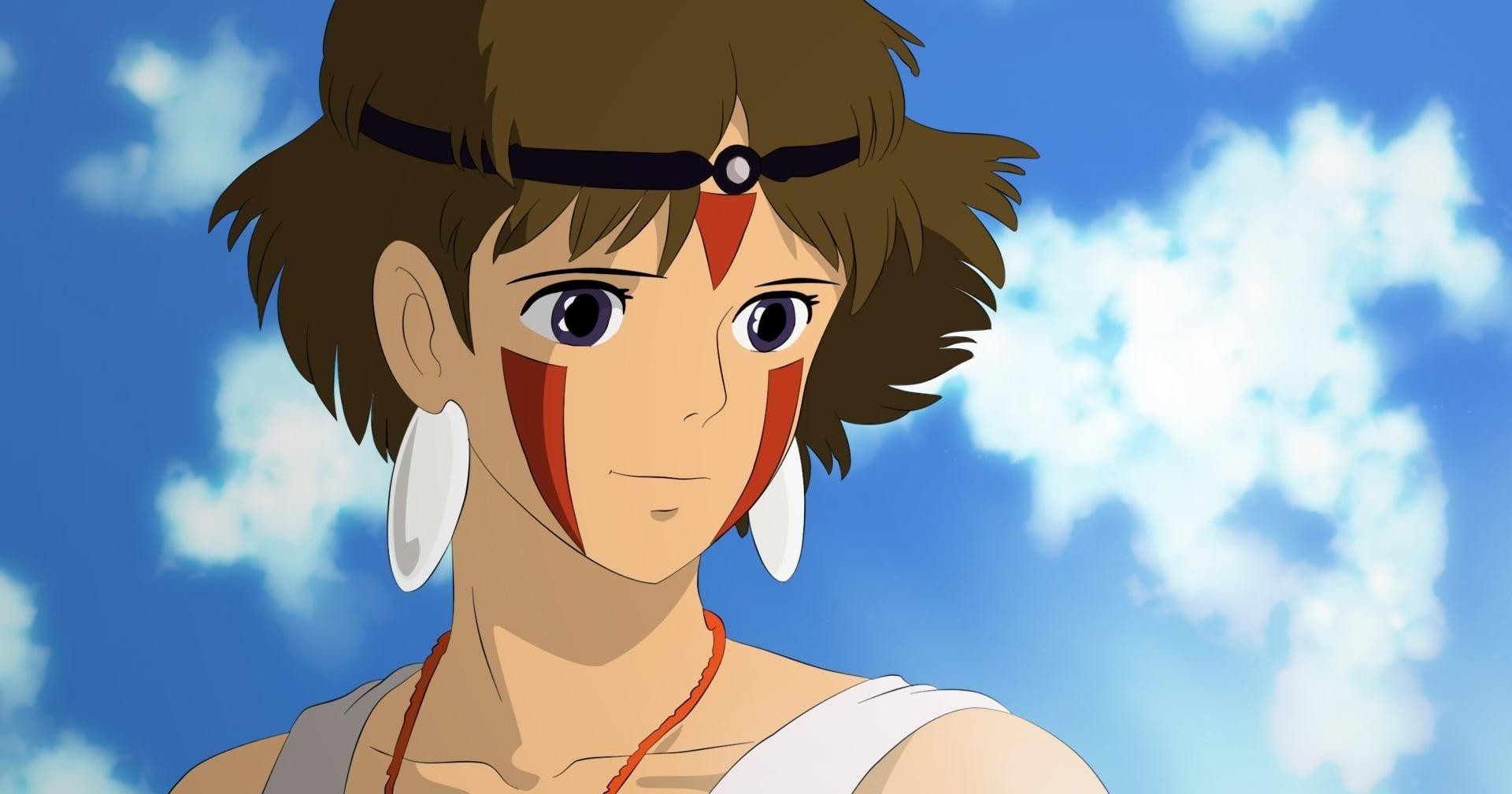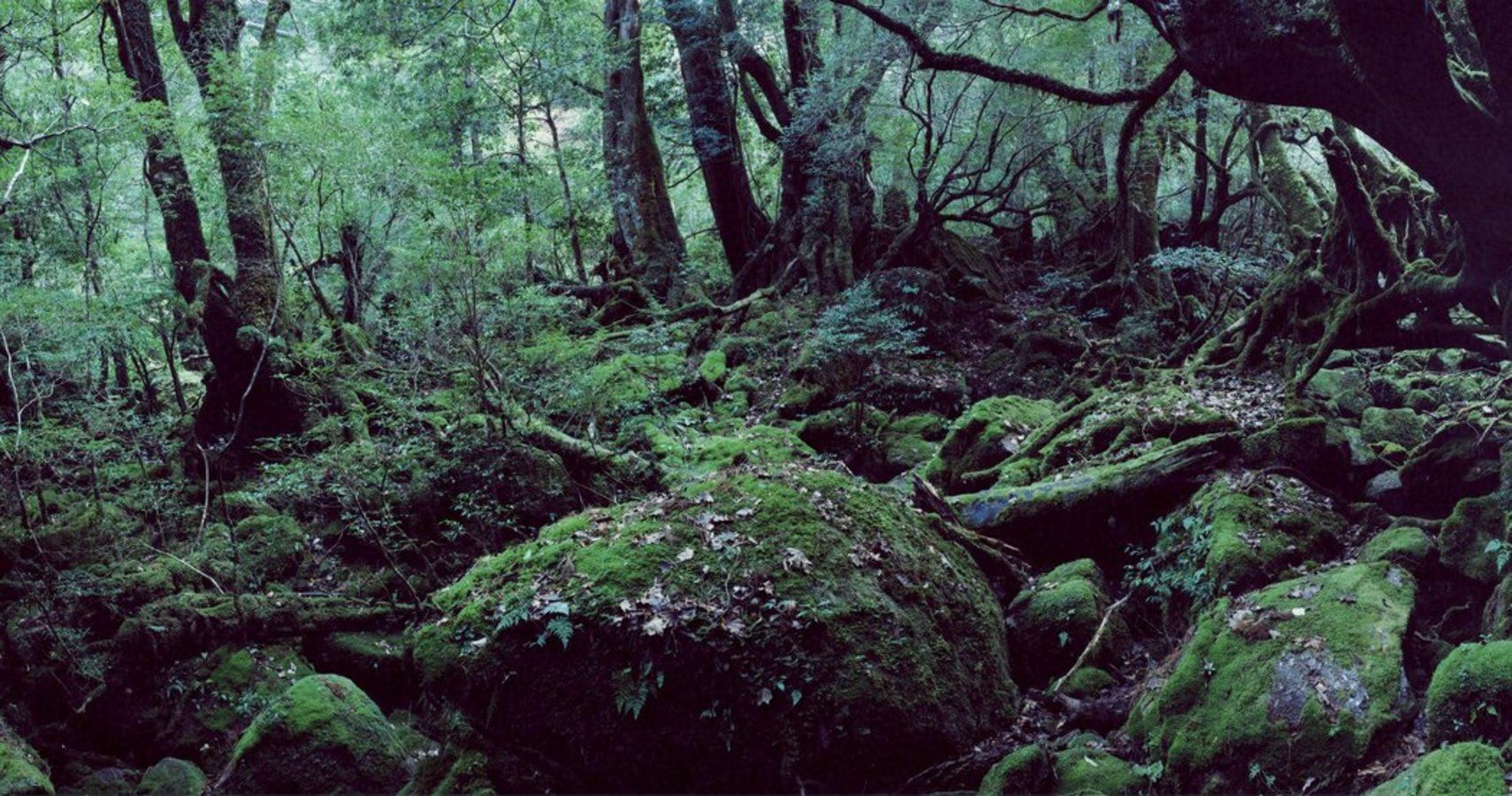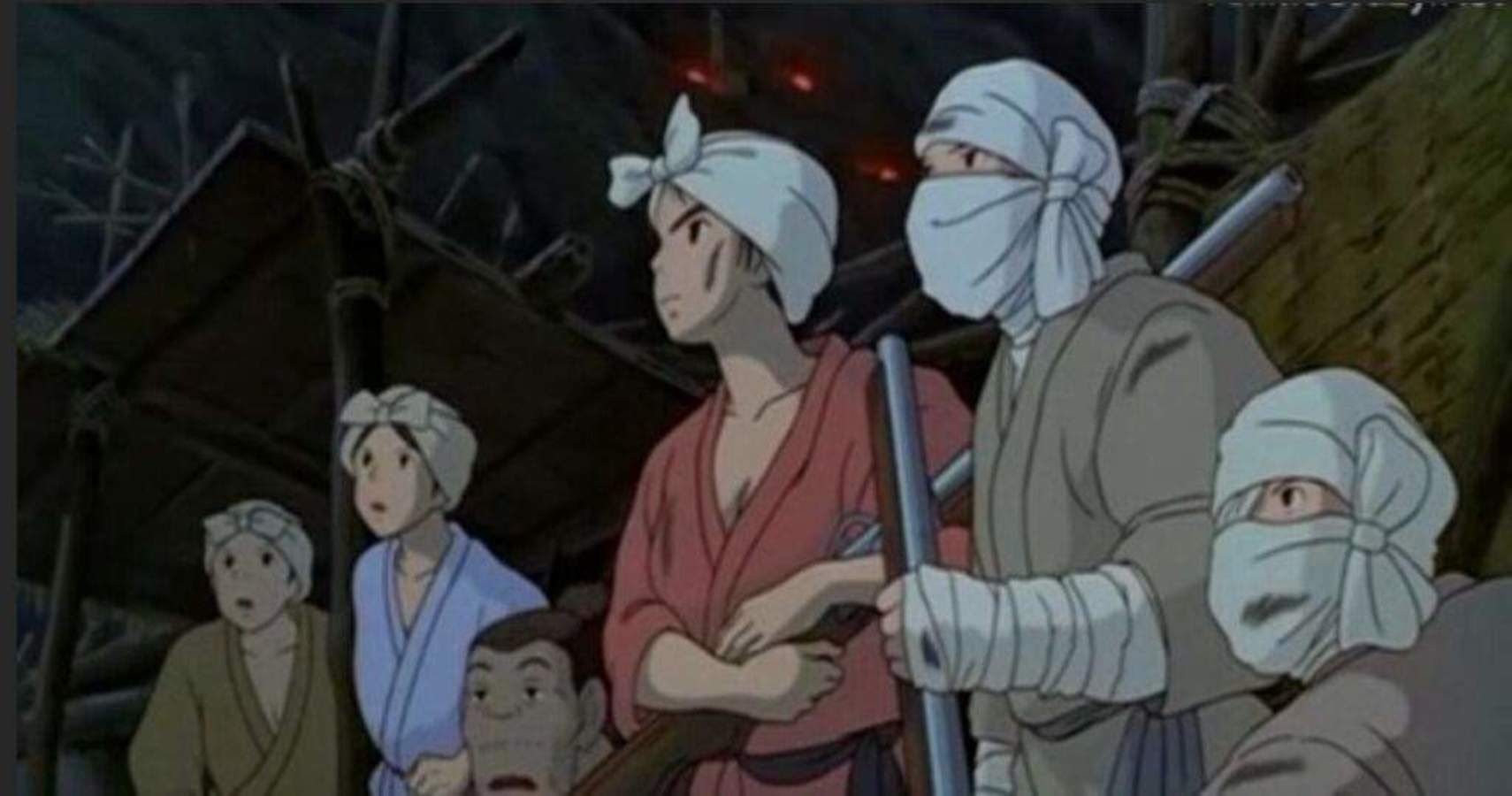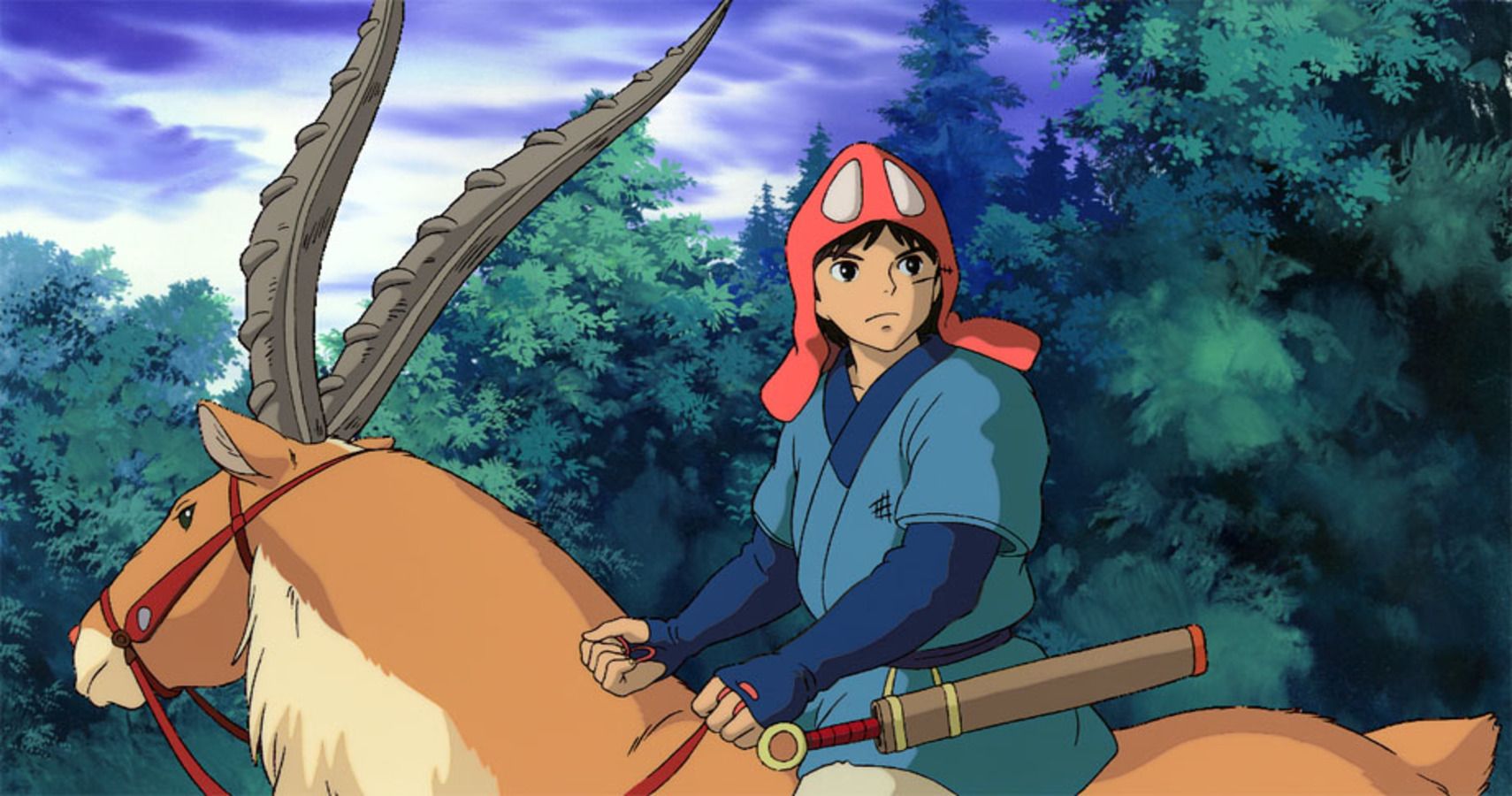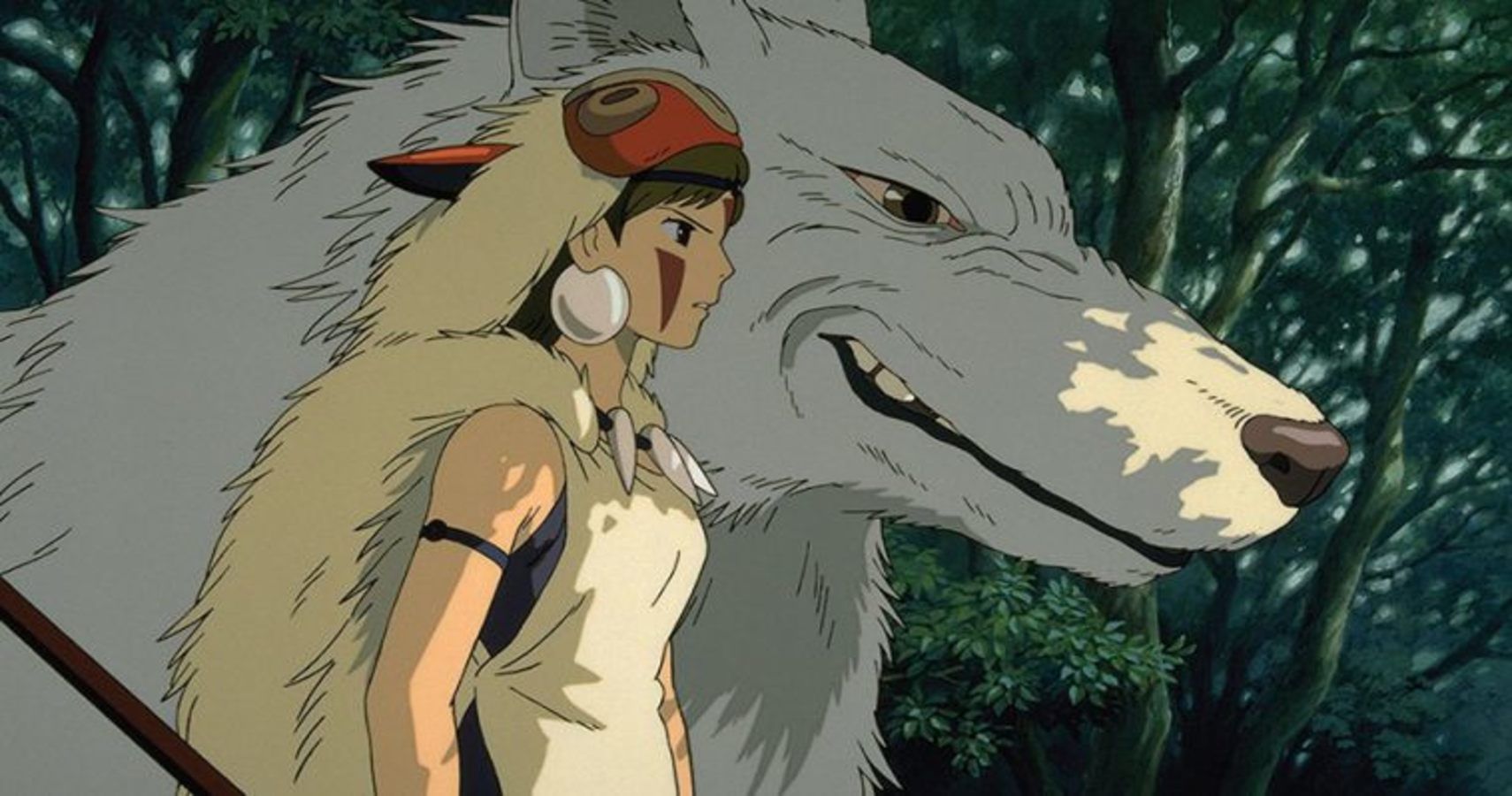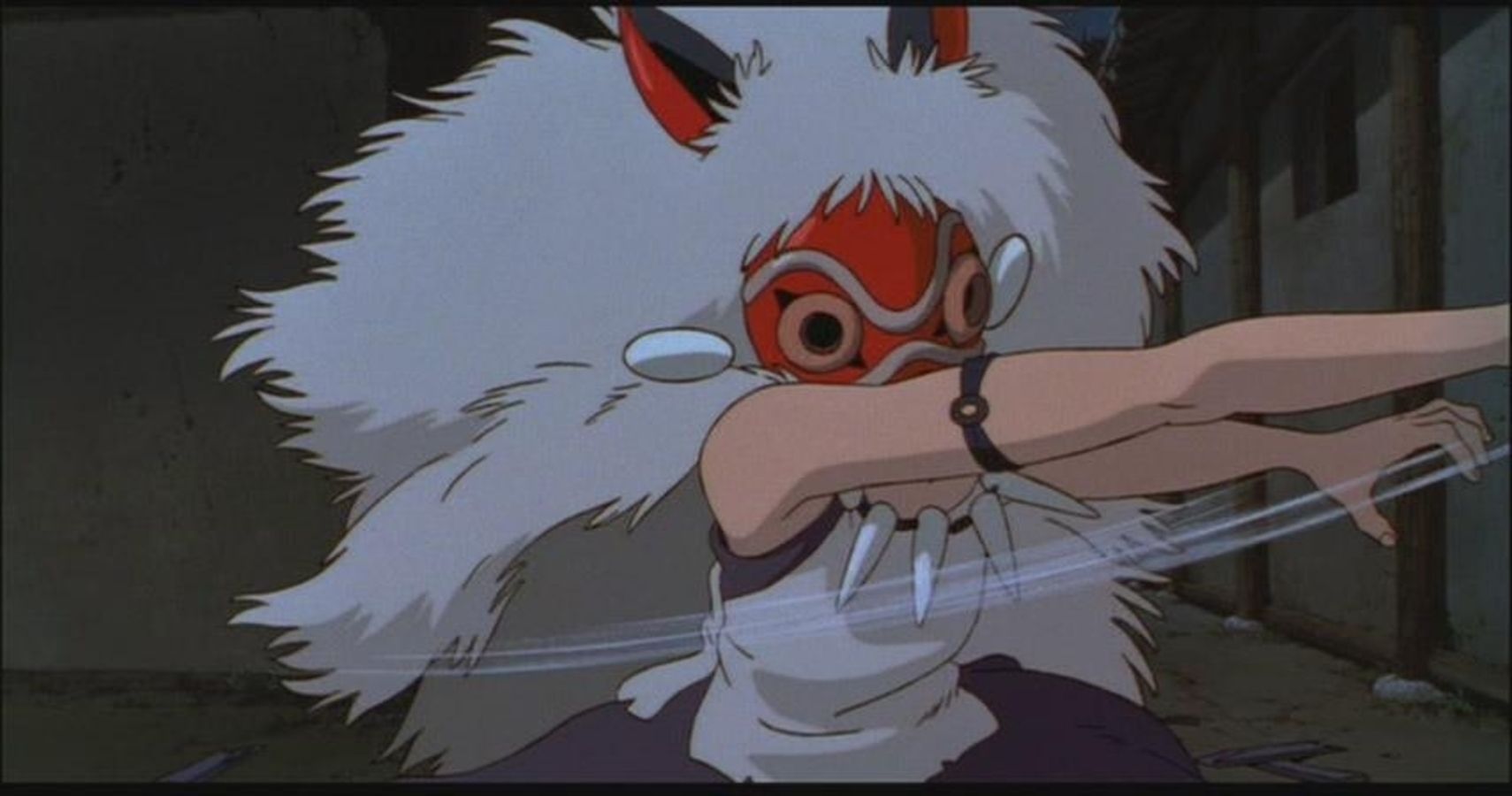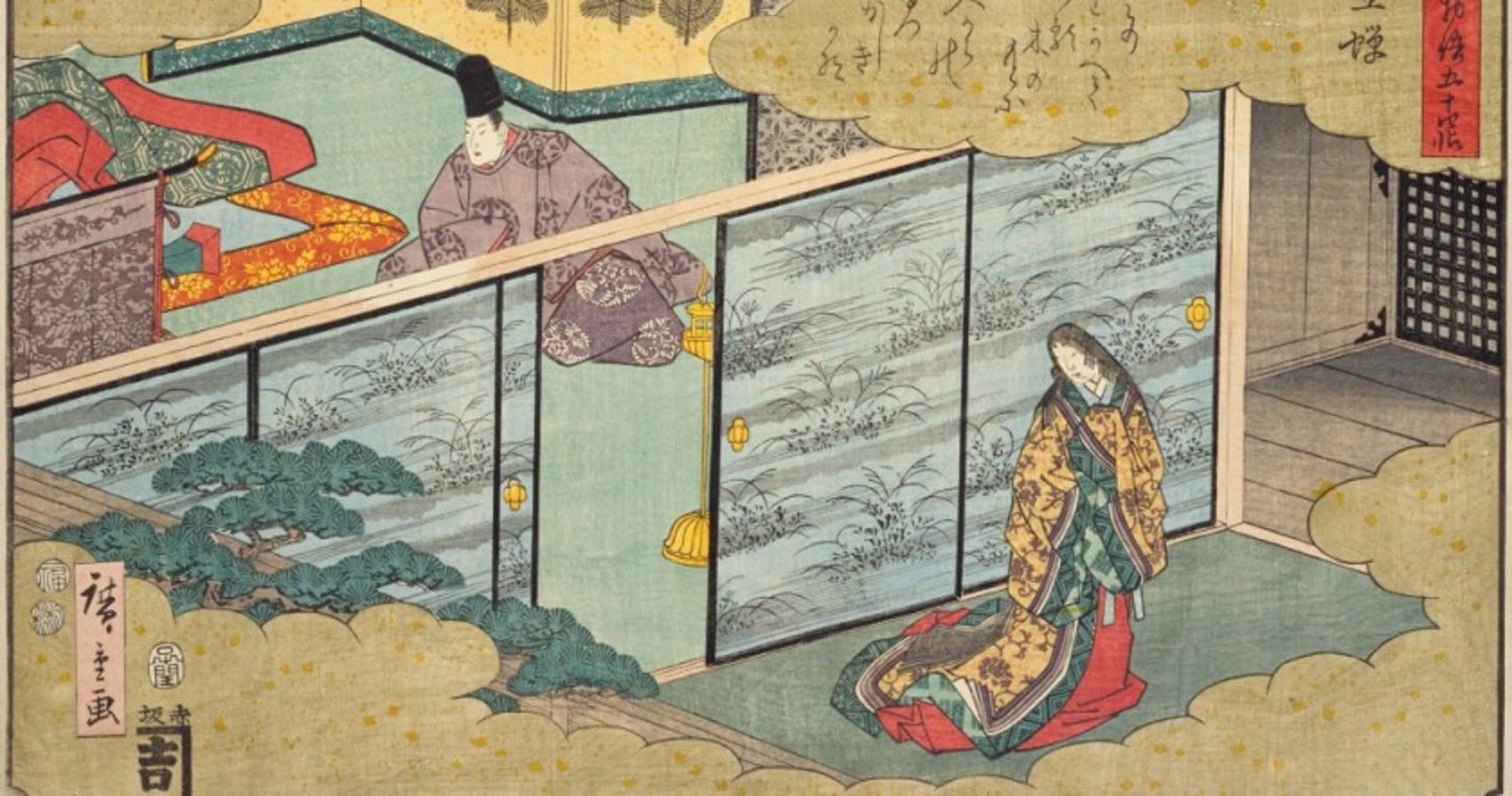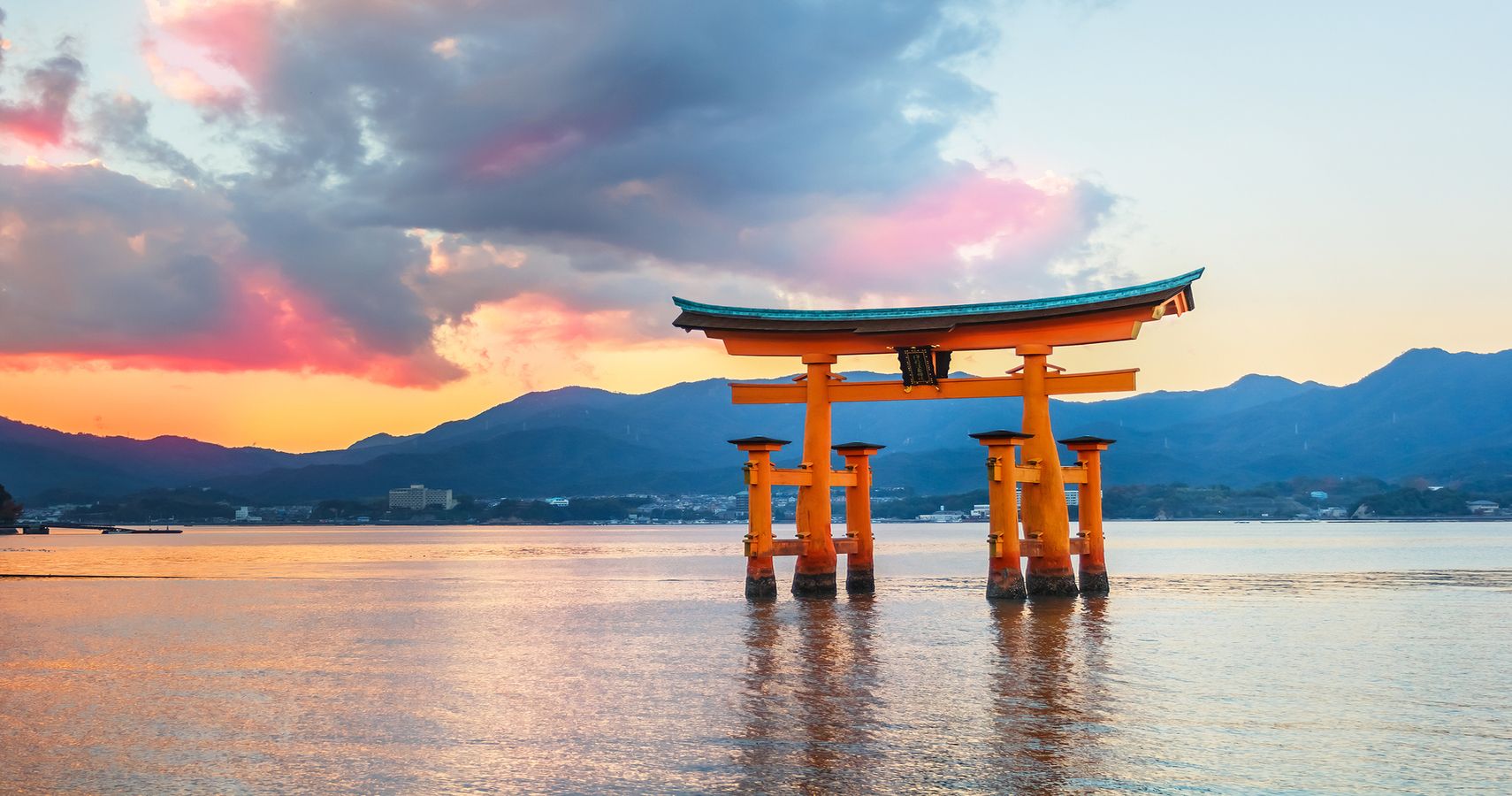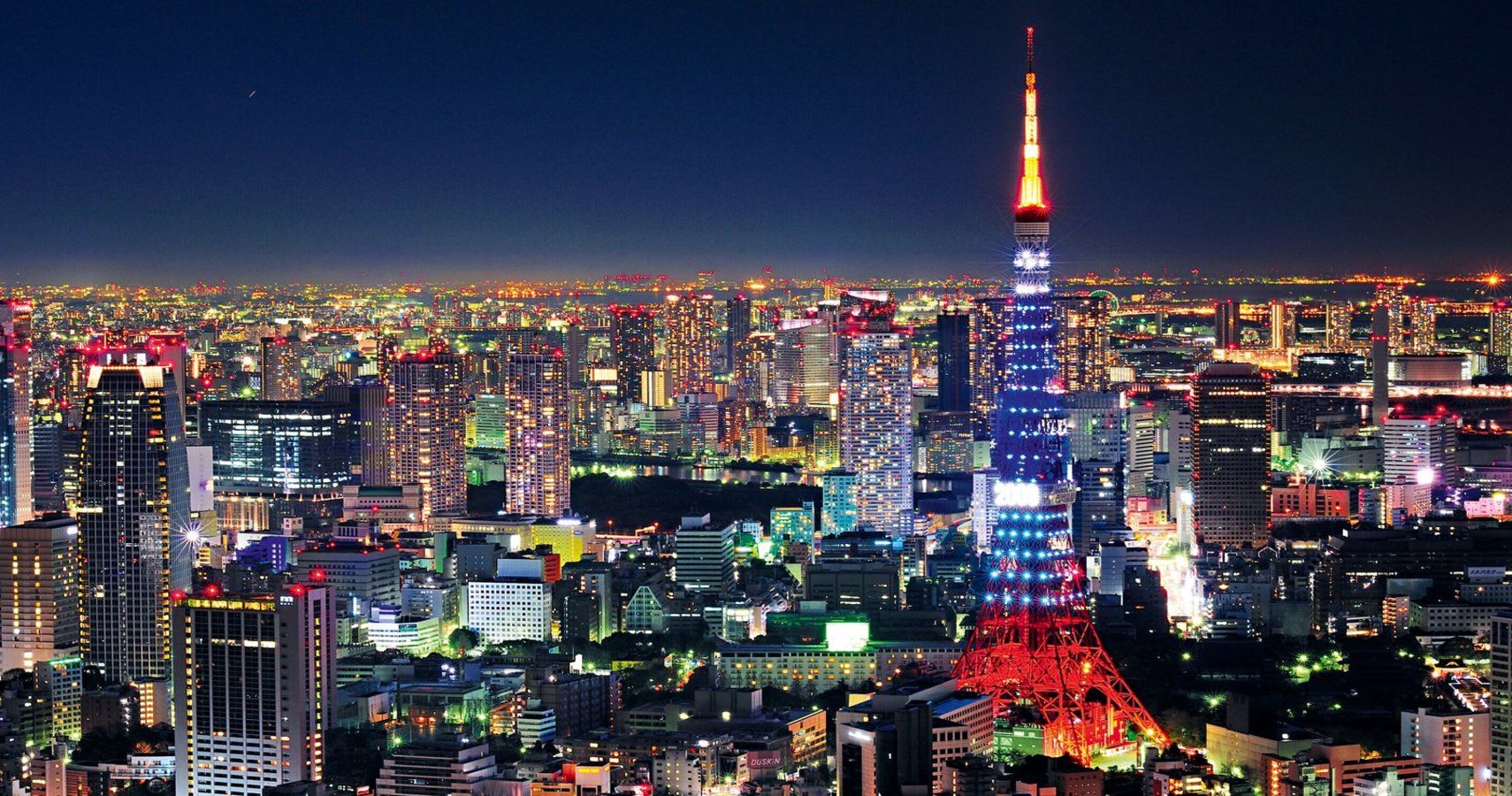Related
Princess Mononokeis look at by many to be Hayao Miyazaki ’s finest body of work . It ’s a complex exploration of the kinship between man and nature ; a warning against the terms capitalism and industry can do . Its idea are clear for anyone to see , but where they come from and their influences can be a little more enigmatic to Western audiences . To Japanese TV audience who have grown up with a knowledge of Shinto , Japanese lit , and Nipponese etymology , these subtlety are far unmortgaged .
What you ’ll determine here should answer some pop questions about the moving picture ’s deed of conveyance , character name , history , and culture . We ’re going to start with some of the simpler small beer and process our room down to the meaty , more culturally contextual details . We hope you learn something !
The Setting was Inspired by Yakushima Island
Many of Miyaki ’s films feature champion come into impinging withkami – Nipponese god and spirits of nature . The wood in Princess Mononoke is teeming with them throughout the course of the film . But the design of the forest itself is also based off a real - animation localization : the island of Yakushima , situate at the southernmost peak of Japan .
This world heritage site is almost completely covered in boneheaded , dense wood and make full with some rarified animal ( though it does have a human universe of over 13,000 ) . wait at images of this island , it ’s easy to draw parallels to the forest in Miyazaki ’s magnum opus .
Kodama Tree Spirits of Japanese Folklore
While you might be intimate with the word from the recent Japanese telecasting gameNioh , Kodama also feature intemperately inPrincess Mononoke . These dumb , mystical little white creatures who come along throughout the film and once in a while guide the manner originate in Japanese folklore . Literally translated as ‘ tree spirit ’ , Kodama traditionally resemble trees themselves , with human race unable to tell the difference ( Miyazaki adjudicate to go a different route with their intent ) .
This served as a agency of dissuading hands from cut down tree lest they tump over the spirits of the forest . The sound reflection phenomenon found in forests was also said to be attributed to the great power of the Kodama .
Iron Town Workers Have Leprosy
Throughout Japanese traditional history , sufferers of leprosy – which was common across the man centuries ago – were banished from their hometown and send to isolated sanitoriums . Their families would be shunned by their neighbor and it was often believed that , as is often the case with many world religions , the disease was because of divine treatment , as penalization for some sin or hapless behavior on the part of the victim .
InPrincess Mononokethe sufferers of leprosy are return new aim and chance in Iron Town , where they can work and be useful members of a separate high society , thanks to Lady Eboshi .
Ashitaka’s Name Means ‘Bright Tomorrow’
Before the first arriver of the Chinese to Japan , Japan had no formal writing system – as such , they adopted Taiwanese characters and molded them to their own language . This intend that Japanese names are also made up of the same characters ( bed in Japanese askanji ) and eachkanjicarries a specific import . This means that every shaver ’s name in Japan and China is given careful thoughtfulness and carries a specific meaning ( you ’ll line up that many girl ’s name in Nipponese ending in ‘ ko ’ , for instance . This means ‘ child ’ ) .
InPrincess Mononoke , protagonist Ashitaka ’s name is made up of the characters for ‘ tomorrow ’ and ‘ bright ’ . This was probable an intentional choice by Miyazaki to imply that the agonist is charged with lead the world to a brighter tomorrow .
San (Mononoke) Means ‘Three’
As for the celluloid ’s distaff protagonist , never is she referred to , in the original Nipponese or English dub , as ‘ Princess Mononoke ’ . This befuddle many citizenry , and we ’ll get to the substance of ‘ mononoke ’ in a bit . In the film , she is come to to only as ‘ San ’ , which , in Japanese ( and Chinese ) means ‘ three ’ .
This is a genuine name given to her by the wolf spirit Moro who raised her . San is Moro ’s third cub , and this is why the name was chosen . Although , of course , she is not really Moro ’s lad , but rather was rescued and put forward by her after San ’s parent give her as a forfeiture so as to have their own aliveness spared .
Mononoke Means ‘Unknowable Thing’
The Nipponese Bible ‘ mononoke ’ has a long history to it , and it has evolved over time . The more recent understanding and utilisation of the term refers to an ‘ unknowable thing ’ , a mysterious and enigmatical force , hard to see or even understand – a sort of unknown bearing . This is the intention behind calling San ‘ Mononoke ’ in the film . She is a wolf nestling , something other than human , at least in the eyes of the other humans in the tale .
She is see as a kind of urban myth , a Sasquatch or Loch Ness Monster . This is not intended to be her name , but rather an indication to the consultation that the protagonist is a strange and enigmatic natural personnel . This encroachment is , unfortunately , drop off in the translation , as many of us are left wondering what the Son intend and why she is never referred to as ‘ Mononoke ’ .
Mononoke’s Historical Roots
The origins of the word ‘ mononoke ’ in reality date back to the Heian period of 11thcentury Japan , whereinThe Pillow Bookthe word touch to a mental illness suffered by a woman . A few year later on , The Tale of Genji(often consider the creation ’s first novel ) explain that Mononoke are spirits of the beat risen up and inhabiting – then check – the bodies of live woman .
This give way some historic context to the discussion and its option in the film , as we can see the phylogeny of the news , to begin with meaning a specific kind of specter , into a secret apparitional force .
Spirits Come from Shinto Gods
Shintoism is Japan ’s old religion , and although Japan is reportedly a 99 % atheist nation , Shintoism laid the foundation of so much of the nation ’s acculturation , architecture , attire , and arts which are still used and celebrated today . The religion ’s pantheon is made up of thousands upon G ofkami(gods ) , all of which have an intrinsic link to nature . InPrincess Mononoke , the antecedently mentioned Kodama , as well as Moro the wolf god , the Forest Spirit / Deer Spirit and boar god Nago , are allkamiof Shinto line of descent .
you’re able to see how each of these spirit has a clear link to nature , each being either an beast which preside over and defend the lives of the beasts it represents ( boars , wolves etc . ) or in the case of the Kodama , spirits of the woodland ’s very trees themselves .
Shinto-Inspired Themes
Shintoism , at its core , is about the connexion of human with nature . you may string similarities between the gods of Shinto and those of Greek mythology , where certain god are in charge of certain vista of nature ( the sun , the tree , the oceans etc ) . In the movie , the influence of Shinto melt even deeper than that , exploring how man is deceive and poisoning nature , losing its connection to thekami .
The boar god Nago becomes corrupted by a human bullet and goes into a mad madness , and Moro has swear to protect her adopted human girl San from the peril of the human world . While once upon a time , the human cosmos and the natural earth were one and the same , they no longer are .
Related : Where To Watch Princess Mononoke Online & Is It On Netflix , Hulu Or Prime ?
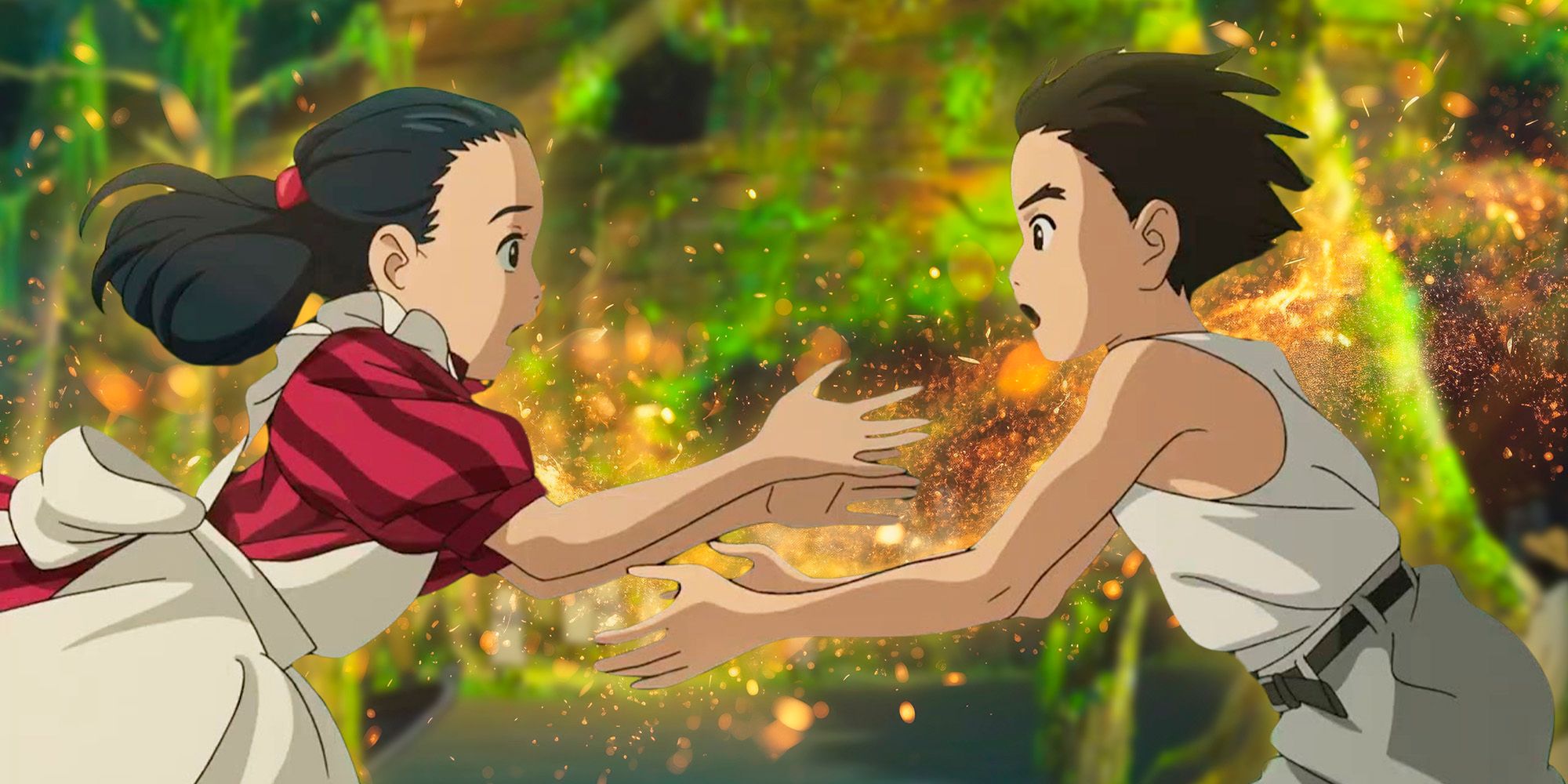
A Post-WWII Commentary
It was specifically after the events of World War 2 that Japan made its separation from its Shinto roots . Although Japan had been ‘ modernising ’ – for lack of a better word – for almost C by that point , it was the ending of the state of war and the end of the Japanese Empire which begin the major fault of Japan towards the capitalist , industrialised Carry Nation we have today .
Miyazaki is not a rooter of all of this and has usedPrincess Mononokeas a statement against the development of industry in Japan . He wants to remind the people of Japan of their nature - focussed inheritance and custom before the country becomes too far kick the bucket . He think in the study and respect for nature which Shinto can offer , which he fear has been turn a loss over the past several decades .
NEXT:The 10 Best Nickelodeon Cartoons, Ranked
